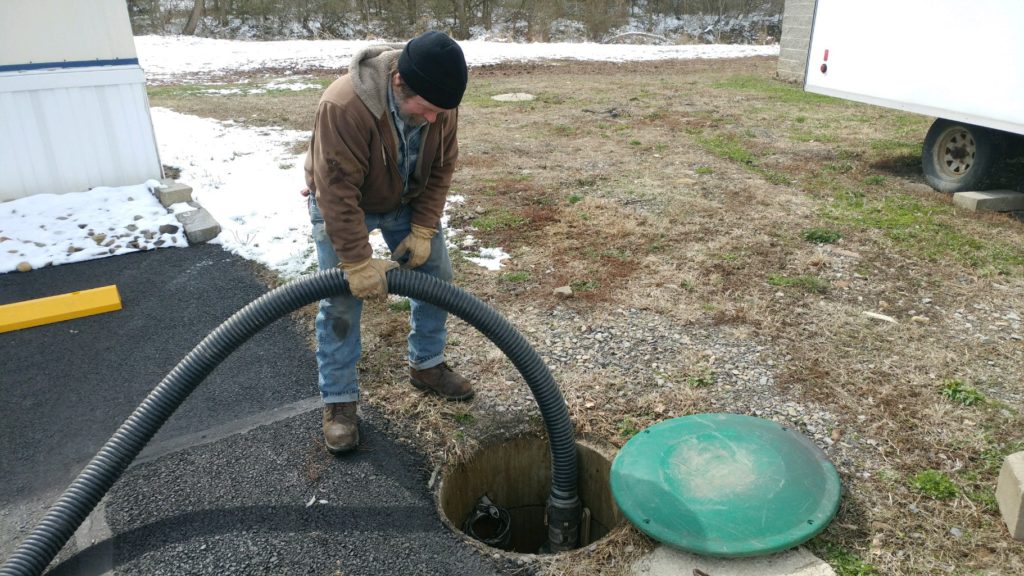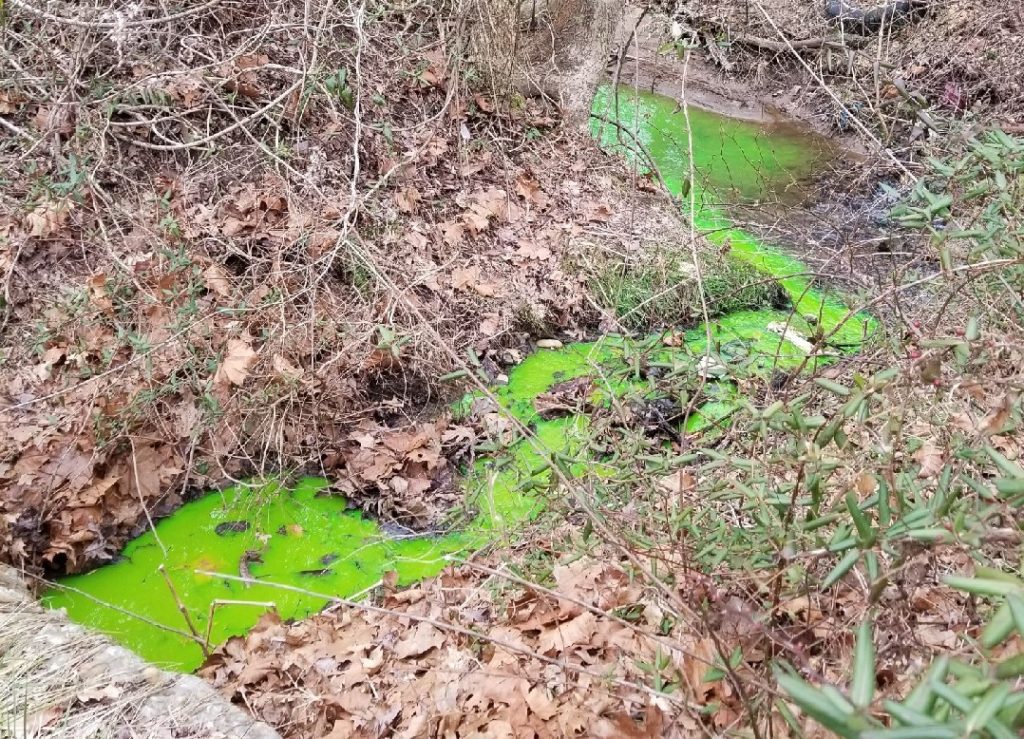
Septic Tank and Holding Tank Cleaning
The septic or holding tank must be dug open to the septic tank lid, with the lid removed for our technician.
Our truck must be able to get within 60 feet of the tank on hard ground(driveway or road) or additional fees will apply.
A service call fee will be charged if we arrive and the tank is not exposed.

Septic Dye Testing
Septic Dye Tests involve flushing a special florescent dye down a toilet or other drain. The dye itself does not make anything happen. It is simply a colored indicator that can identify water found outside as having come from the fixture where the dye was introduced.
It’s the volume of water introduced into the system that forms the actual “test”. If waste water is coming to the surface (an unsanitary condition indicating serious septic failure) one may see dye in that water, provided the septic system is flowing at common rates.
When suspect wet areas are observed, if the system has no maintenance history, if the area is known to have problem soils, or if other historic or site conditions raise question about the condition of the system we recommend that a dye test is performed.
A Septic Dye Test will by no means find every septic failure, but this methods finds many failures that otherwise are unnoticed by a home buyer until shortly after moving-in. Septic Dye Tests are complimentary to and should precede any further inspection steps taken such as pumping the septic tank.
WHEN TO PUMP THE SEPTIC TANK – AFTER, NOT BEFORE SEPTIC TESTS ARE PERFORMED
After a Dye Test (which primarily tests the absorption system, leach field, or drain field), unless the septic tank has been pumped very recently, we recommend that this additional step be taken.
Do not permit the septic tank to be pumped before the Septic Dye Test – that will prevent a valid test of the system and in particular, prevents loading of the drain field.

Grease Trap Cleaning
Grease Trap cleaning can be scheduled by calling
(724)459-5675
or
(800)310-0777.